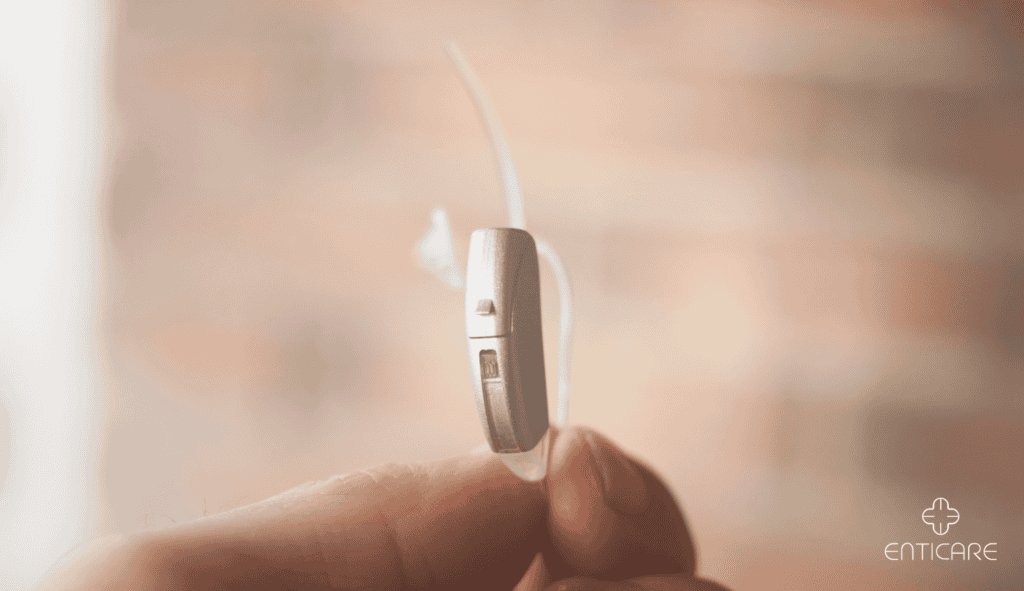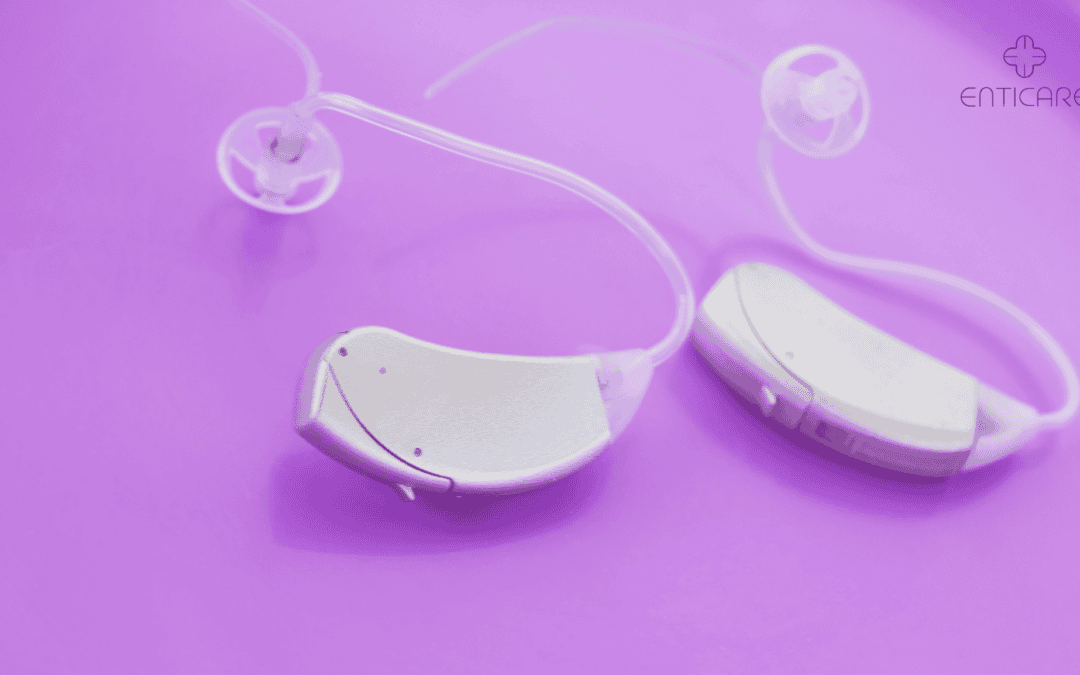The world can sound a little dull when you have hearing loss. Conversations become muffled, music loses its vibrancy, and even the simplest sounds like birds chirping or rustling leaves fade into the background. Hearing aids offer a life-changing solution, but adjusting to them can feel like navigating a new soundscape. Don’t worry, you’re not alone! This comprehensive guide will equip you with everything you need to know about the hearing aid adjustment period, helping you make the most of your newfound clarity.
Whether you are a new or seasoned hearing aid user, understanding how to adjust the volume is crucial for an optimal listening experience.
The initial days with hearing aids can be a whirlwind of new auditory experiences. Sounds you haven’t heard in years come flooding back, and even everyday noises might seem amplified. This is completely normal! Your brain is essentially relearning how to interpret sound waves. Here’s what you can expect:

A Feast of Sounds
Be prepared for a surge of forgotten sounds. The hum of the refrigerator, the clatter of dishes, the rustling of leaves – these once-subtle noises might seem overwhelming at first. It’s important to give yourself time to acclimate to the new hearing aid volume levels, as the initial experience can be overwhelming.
Your Own Voice in a New Light
The occlusion effect is a common phenomenon where your own voice sounds unnaturally loud or hollow. This is because the hearing aids amplify the sound vibrations traveling through your bones and inner ear. The good news? Your brain adjusts to this effect within a couple of weeks.
Background Noise Blues
Filtering out background chatter in noisy environments can be a challenge initially. Your hearing aids may pick up everything from conversations at neighboring tables to traffic outside, making it difficult to focus on the person you’re talking to. Hearing aids are designed to amplify loud sounds picked up less than softer sounds, helping you focus on conversations.
While these adjustments might seem daunting, there’s a light at the end of the tunnel. Here are some tips to make the transition smoother:

Understanding Hearing Aid Volume Control
Hearing aid volume control is a vital feature that allows you to tailor the sound levels to your personal comfort. Many hearing aids come equipped with manual volume control options, such as push buttons, small levers, tactile switches, or dials. These controls give you the flexibility to adjust the volume in real-time, ensuring that you can respond to changes in your environment as they happen.
On the other hand, some hearing aids offer automatic volume control. This advanced feature uses sensors to detect the sound levels in your surroundings and adjusts the volume accordingly. Automatic volume control provides a hands-free solution, making it easier for users who may find manual adjustments challenging. Whether you prefer the hands-on approach of manual control or the convenience of automatic adjustments, understanding these options can help you make the most of your hearing aids.
Adjusting Hearing Aid Volume
Adjusting the volume on your hearing aids is a straightforward process, but it does require a bit of practice to master. Here are some practical tips to help you get started:
- Start Small: Begin with small adjustments to the volume. Gradually increase the volume to avoid any sudden changes that might be jarring.
- Give It Time: Allow yourself one or two hours to adjust to the new volume settings. Make sure the volume is comfortable and that both hearing aids are set to the same level.
- Test Different Sounds: Check the volume with various noises, including loud sounds. This will help you ensure that the volume is comfortable across different environments.
- Use Manual Controls: If your hearing aids have manual volume control, use it to make adjustments as needed. Most hearing aids allow you to change the volume and sound settings separately for the left and right hearing aids.
- Trust Automatic Controls: If your hearing aids feature automatic volume control, let the device adjust the volume based on your surroundings. This can be particularly helpful if you find manual adjustments difficult.
Remember, it may take some time to get used to the sound produced by your hearing aids. Initially, the sound may feel overwhelming, and distinguishing between different sounds might be challenging. However, with patience and practice, you’ll adjust to the new auditory landscape and enjoy improved hearing.
Start Slow
Don’t overwhelm your brain by wearing your hearing aids for extended periods right away. Begin with a few hours a day in quiet environments and gradually increase the wear time as you get comfortable.
Embrace the Quiet
Practice listening in quiet settings first. This allows your brain to focus on the clarity of individual sounds before introducing the complexities of background noise.
Be Patient
Remember, it takes time for your brain to rewire itself and adapt to the influx of new auditory information. Don’t get discouraged if you don’t experience immediate results.
Work with Your Audiologist
Your audiologist is your partner in this journey. Schedule regular appointments to discuss any concerns you have and fine-tune your hearing aids to best suit your needs.

Practice Makes Perfect
Engage in conversations in various environments. This will help your brain learn to filter out background noise and focus on the person you’re talking to.
Remember, adjusting to hearing aids is a journey, not a destination. Embrace the challenges, celebrate the victories, and most importantly, enjoy the world of sound that awaits you! And if you have any questions, don’t hesitate to contact Enticare or call us at 480-214-9000, our expert team is here to assist you every step of the way. Don’t hesitate to discuss options with our doctor!

